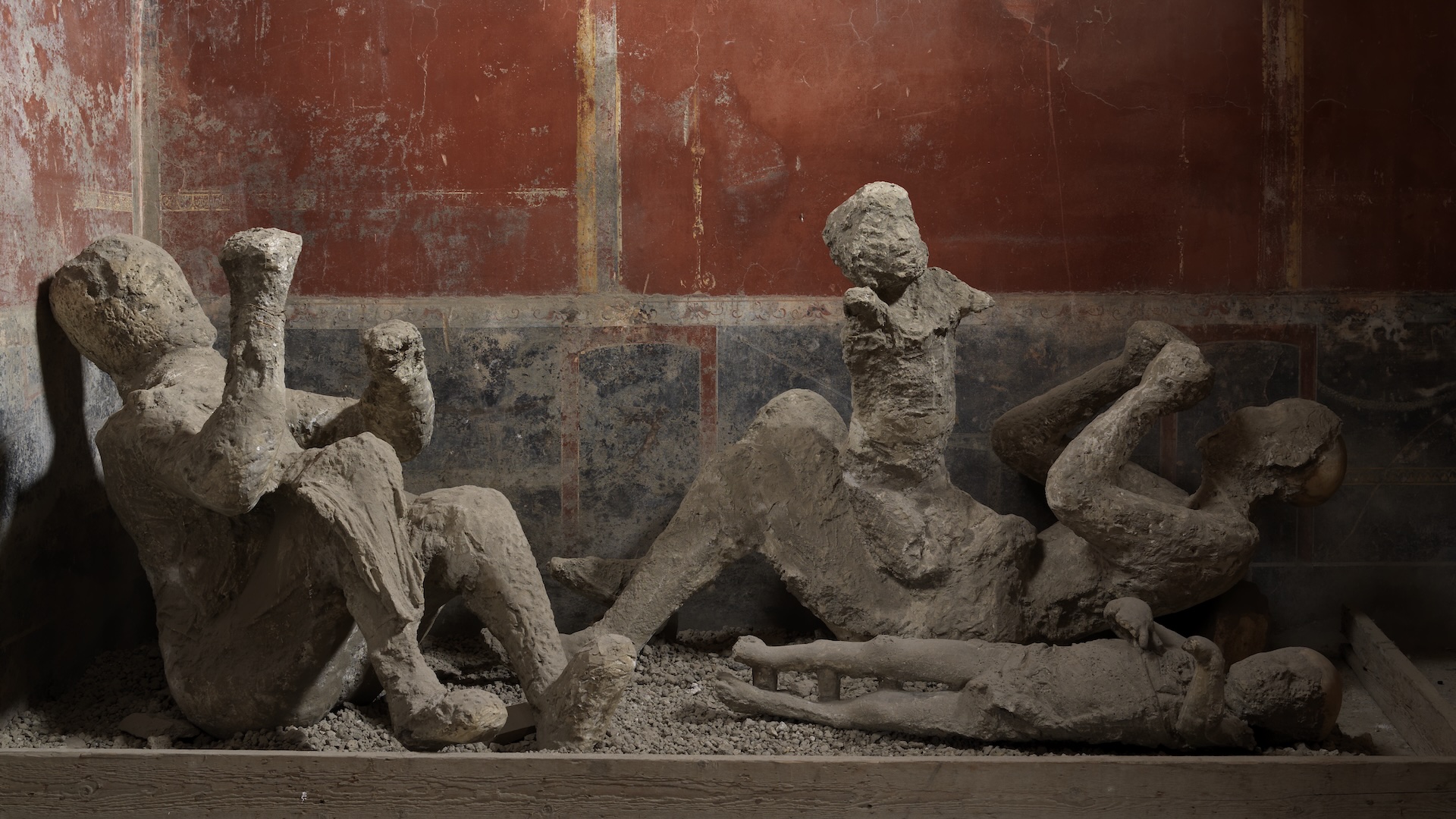Machines, Vol. 11, Pages 655: Experimental Investigation and Modeling of Force-Induced Surface Errors for the Robot-Assisted Milling Process
Machines doi: 10.3390/machines11060655
Authors: Yongqiao Jin Qunfei Gu Shun Liu Changqi Yang
A series of experiments were performed aiming at controlling milling force-induced surface errors in the robot-assisted milling process, for the sub-area of the multi-stiffener reinforced inner wall of complex cylindrical thin-walled casting parts, to investigate the relationship between surface errors, milling forces, and robot-assisted milling parameters. Firstly, based on the design of experiments (DoE) method, milling forces and surface errors were investigated based on a series of experiments with different groups of milling parameters. Secondly, the modeling of milling forces, surface errors, and milling parameters was realized by means of response surface methodology (RSM), then the parametric expression was obtained of the robot-assisted milling process. Finally, the parameters of the milling process toward the surface error were obtained based on an evolutionary algorithm. The results show that the surface errors are different for the different milling styles of down milling and up milling. In up milling processes, the surface errors are positive, and the actual material removal amounts are generally higher than the nominal ones, while negative in down milling processes. The surface errors induced by milling forces can be effectively controlled and reduced using process optimization in the robot-assisted milling process, while maintaining relatively high milling forces and high machining efficiency. This provides theoretical support for industry applications.

 1 year ago
48
1 year ago
48


